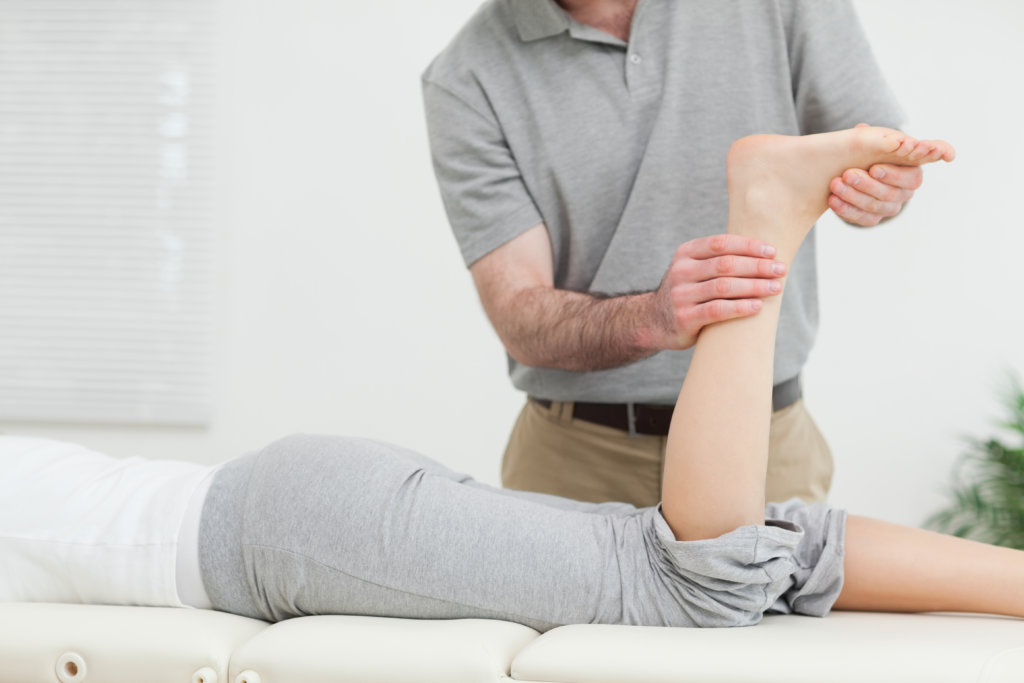Achilles Tendonitis
The Achilles tendon is the largest tendon in the human body and can withstand
forces of 1,000 pounds or more. But it also the most frequently ruptured tendon.
Both professional and weekend athletes can suffer from Achilles tendonitis, a
common overuse injury and inflammation of the tendon.
EVENTS THAT CAN CAUSE ACHILLES TENDONITIS MAY INCLUDE:
- Hill running or stair climbing
- Overuse resulting from the natural lack of flexibility in the calf muscles
- Rapidly increasing mileage or speed
- Starting up too quickly after a layoff
- Trauma caused by sudden and/or hard contraction of the calf muscles when
putting out extra effort such as in a final sprint

